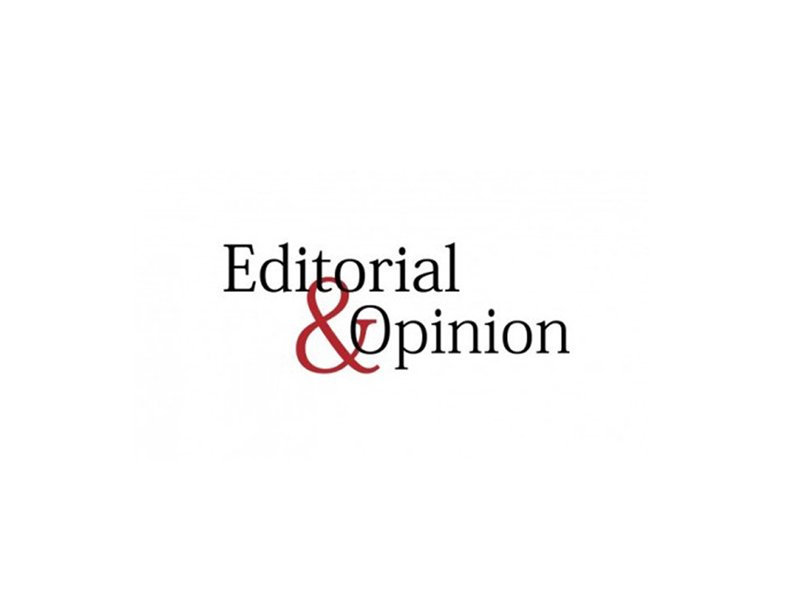
An analysis under Poverty Scorecard Census (PSC) of existing socioeconomic baseline data from nine districts for the EU’s BRACE Programme reveals alarming trends. For example, survey data shows that 85 per cent of the population in the area cannot read and write and the situation becomes further grim for women, 94 per cent of whom are without reading and writing skills.
Overall, more than 85 per cent children are out of school and the reasons are chronic poverty, insufficient education infrastructure against the vast stretch of the geographical area, lack of faith in quality of education and lack of awareness on the importance of education.
Needless to say that the impact of aforesaid figures would negatively impact the socioeconomic development of the province in the future if not taken seriously at any level. These facts also expose the inability of the state to implement its constitutional provision that guarantees the provision of free, compulsory quality education to all children between ages 5-16 years under Article 25-A of the Constitution.
It is also a non-compliance with the global development agenda defined through Sustainable Development Goals (SDGs), and the goal four not only charts out the indicators for inclusive quality education but lifelong learning opportunities.
In the context of education, inclusive and equitable quality education is considered both an asset and a capability, with innate as well as instrumental value. It is an asset as it increases the potential of a household to secure decent work and build resilience to escape poverty.
However, given the disturbing conditions of education and a huge number of households living in chronic poverty in Balochistan, it is not only keeping the already poor in poverty but paralysing the innate potentials of younger generations to escape from chronic poverty through lack of access to inclusive and equitable quality education.
To make education accessible, inclusive and equitable, robust measures need to be taken by the administrative pillar of the Government of Balochistan with cooperation and collaboration of the social pillar, i.e. Community Organisations (COs), Village Organisations (VOs) and union council level Local Support Organisations (LSOs), being fostered under the European Union BRACE Programme by the Balochistan Rural Support Programme (BRSP) and the National Rural Support Programme (NRSP) in nine districts of Balochistan.
A key objective of the BRACE Programme is to devise mechanisms for linking up the social pillar with the government’s administrative pillar, i.e. the government’s service delivery departments.
The Rural Support Programmes have proven work experience under the above mentioned model, where the organised communities through awareness campaigns took stock of the local education issues in 21 low-performing districts of Pakistan in all four provinces and enrolled over 128,000 out-of-school children in schools.
Budget of over Rs300 million was released for the improvement and construction of classrooms, boundary wall, toilets and furniture by the respective education departments and parliamentarians from their discretionary funds.
A unique exercise of rationalisation of schools was conducted in one of the districts in Sindh through advocacy work and it helped provision of teachers as per pupil needs. Now it is about time for consolidation and scale-up, as collaboration of these pillars resulted not only in the improvement of school infrastructure but also increased enrolment in those districts. However, scale-up is only possible when the government takes education at its priority agenda.
For this purpose, development and adoption of Community Driven Development Policy Framework is the most viable option for all the aforementioned pillars not to only create mechanism for establishing sustainable linkages for better services delivery, civic engagement and an oversight over functioning of local governments in the rural areas but also to come up with realistic insights for sectoral reforms focused on human development indicators.
Education as an asset, and capability needs to be made the foundation and top priority of the sectoral reforms and Community Driven Development Policy Framework with allocation of major portion of resources in the annual provincial Public Sector Development Programme (PSDP).
Some of the key areas that need to be targeted in education reforms are teacher education, provision of sufficient teaching force, reduction of gap between the number of primary and middle schools, reduction in gender disparity, modernisation of curriculum, standardisation of teaching and improvement in supply side issues.
In this regard, currently, Government of Balochistan’s investment in education particularly in rural areas is far below keeping in view the magnitude of severity of issues in the province’s education sector. In the fiscal year 2017-18, some 17 per cent of the total budget was allocated for education but only 6 per cent of it was spent. Moreover, absence of robust monitoring mechanism makes it more vulnerable to high percentages of teachers’ absenteeism.
A thriving education system is considered vital to an area’s success and prosperity. Households with higher spending on education are more stable, economically and socially. This interlink of access to quality equitable education and poverty escape is the foundation of prosperity of any household.
Therefore, to turn this interlink into reality for thousands of rural poor households in Balochistan, an overhaul of the province’s education sector has become imperative as it would help thousands of households escape chronic poverty in rural areas of the province. The best option would be to engage thousands of community organisations in District Development Plans with special focus on education so that it becomes a priority not only for the government but also for the communities themselves.
Published in The Express Tribune, March 16th, 2019.
Like Opinion & Editorial on Facebook, follow @ETOpEd on Twitter to receive all updates on all our daily pieces.












COMMENTS (1)
Comments are moderated and generally will be posted if they are on-topic and not abusive.
For more information, please see our Comments FAQ